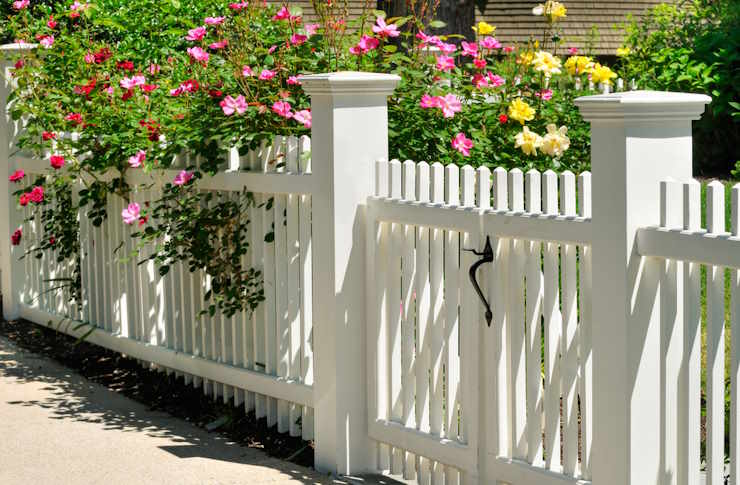How to Choose Garden Fence In Australia For 2025: Options And Prices
Selecting a garden fence in Australia requires careful consideration of materials, local regulations, and budget constraints. As property boundaries become increasingly important in urban and suburban areas, understanding current fencing options helps homeowners make informed decisions that balance aesthetics, functionality, and cost-effectiveness for their outdoor spaces.

Common Garden Fence Materials in Australia
Garden fencing in Australia typically utilizes several primary materials, each suited to different climates and purposes. Timber fencing remains popular for its natural appearance and versatility, while aluminum offers durability with minimal maintenance. Colorbond steel provides excellent weather resistance and comes in various colors, making it a practical choice for Australian conditions. PVC fencing has gained traction for its low maintenance requirements and resistance to moisture damage.
Understanding Local Fencing Regulations
Australian fence regulations vary by state and local council. Most areas restrict fence heights to 1.8 meters for side and rear boundaries, while front fences often have lower height limits. Property owners must check their local council requirements regarding fence placement, materials, and design before installation. Some heritage areas may have specific requirements about fence styles and materials to maintain neighborhood character.
Garden Fence Installation Considerations
Professional installation versus DIY approaches affects both cost and quality outcomes. Factors like soil type, terrain, and climate influence installation methods and material choices. Proper drainage considerations and post-hole depth requirements vary by region and fence type. Installation timing typically requires coordination with neighbors and possibly council approval depending on the location.
Maintenance Requirements for Different Fence Types
Each fencing material demands specific maintenance approaches. Timber fences need regular sealing or painting every 2-3 years to prevent weather damage. Metal fences require occasional cleaning and rust prevention in coastal areas. PVC fencing typically needs only periodic cleaning with standard household cleaners. Understanding maintenance requirements helps in calculating long-term ownership costs.
Garden Fence Pricing Guide 2025
| Fence Type | Material Cost (per meter) | Installation Cost (per meter) |
|---|---|---|
| Timber | $80-150 | $70-120 |
| Aluminum | $120-200 | $80-150 |
| Colorbond | $90-180 | $75-130 |
| PVC | $100-190 | $70-120 |
Prices, rates, or cost estimates mentioned in this article are based on the latest available information but may change over time. Independent research is advised before making financial decisions.
Environmental Impact and Sustainability Options
Sustainable fencing options continue gaining popularity in Australia. Recycled materials and locally sourced timber provide environmentally conscious alternatives. Some manufacturers now offer fencing products made from composite materials combining recycled plastic and wood fibers, providing durability while reducing environmental impact. These options often come with higher initial costs but may offer long-term savings through reduced maintenance needs.
Choosing the right garden fence involves balancing multiple factors including local regulations, climate conditions, maintenance requirements, and budget constraints. As materials and installation techniques continue evolving, homeowners benefit from researching current options and obtaining multiple quotes from qualified contractors before making their final decision.




